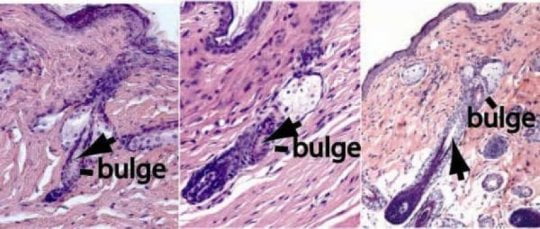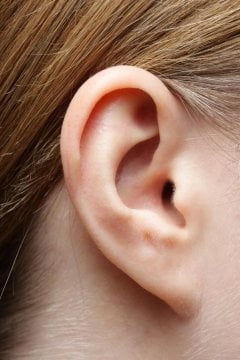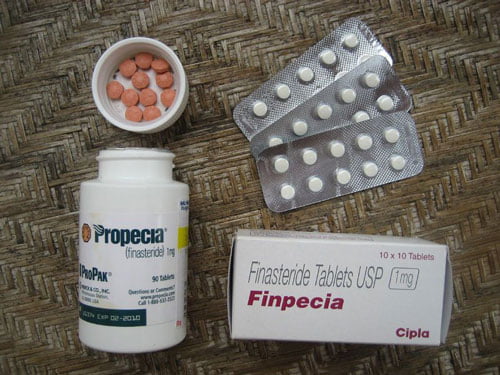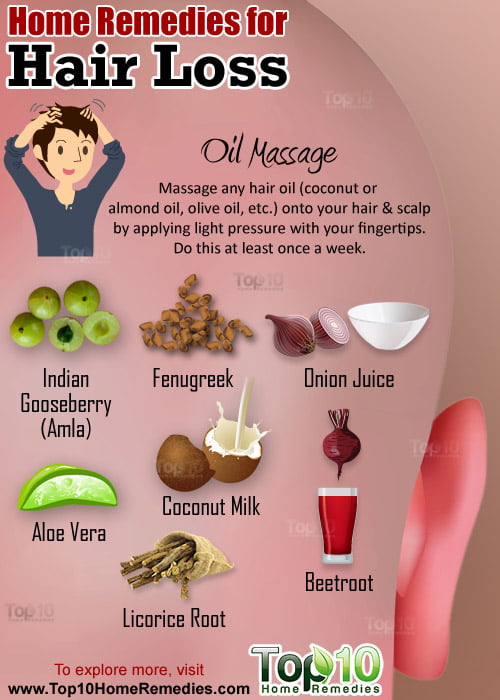
Much of human health hinges on how well the body manufactures and uses energy. For reasons that remain unclear, cells’ ability to produce energy declines with age, prompting scientists to suspect that the steady loss of efficiency in the body’s energy supply chain is a key driver of the aging process.
Now, scientists at Washington University School of Medicine in St. Louis have shown that supplementing healthy mice with a natural compound called NMN can compensate for this loss of energy production, reducing typical signs of aging such as gradual weight gain, loss of insulin sensitivity and declines in physical activity.
The study is published Oct. 27 in the journal Cell Metabolism.
“We have shown a way to slow the physiologic decline that we see in aging mice,” said Shin-ichiro Imai, MD, PhD, a professor of developmental biology and of medicine. “This means older mice have metabolism and energy levels resembling that of younger mice. Since human cells rely on this same energy production process, we are hopeful this will translate into a method to help people remain healthier as they age.”
Imai is working with researchers conducting a clinical trial to test the safety of NMN in healthy people. The phase 1 trial began earlier this year at Keio University School of Medicine in Tokyo.
With age, the body loses its capacity to make a key element of energy production called NAD (nicotinamide adenine dinucleotide). Past work by Imai and co-senior author Jun Yoshino, MD, PhD, an assistant professor of medicine, has shown that NAD levels decrease in multiple tissues as mice age. Past research also has shown that NAD is not effective when given directly to mice so the researchers sought an indirect method to boost its levels. To do so, they only had to look one step earlier in the NAD supply chain to a compound called NMN (nicotinamide mononucleotide).
NMN can be given safely to mice and is found naturally in a number of foods, including broccoli, cabbage, cucumber, edamame and avocado. The new study shows that when NMN is dissolved in drinking water and given to mice, it appears in the bloodstream in less than three minutes. Importantly, the researchers also found that NMN in the blood is quickly converted to NAD in multiple tissues.
“We wanted to make sure that when we give NMN through drinking water, it actually goes into the blood circulation and into tissues,” Imai said. “Our data show that NMN absorption happens very rapidly.”
To determine the long-term effects of giving NMN, Imai, Yoshino and their colleagues studied three groups of healthy male mice fed regular mouse chow diets. Starting at five months of age, one group received a high dose of NMN-supplemented drinking water, another group received a low dose of the NMN drinking water, and a third group served as a control, receiving no NMN. The researchers compared multiple aspects of physiology between the groups, first at 5 months of age and then every three months, until the mice reached 17 months of age. Typical laboratory mice live about two years.
The researchers found a variety of beneficial effects of NMN supplementation, including in skeletal muscle, liver function, bone density, eye function, insulin sensitivity, immune function, body weight and physical activity levels. But these benefits were seen exclusively in older mice.
“When we give NMN to the young mice, they do not become healthier young mice,” Yoshino said. “NMN supplementation has no effect in the young mice because they are still making plenty of their own NMN. We suspect that the increase in inflammation that happens with aging reduces the body’s ability to make NMN and, by extension, NAD.”
In skeletal muscle, the investigators — including the study’s first author, Kathryn Mills, the research supervisor in Imai’s lab — found that NMN administration helps energy metabolism by improving the function of mitochondria, which operate as cellular power plants. They also found that mice given NMN gained less weight with aging even as they consumed more food, likely because their boosted metabolism generated more energy for physical activity. The researchers also found better function of the mouse retina with NMN supplementation, as well as increased tear production, which is often lost with aging. They also found improved insulin sensitivity in the older mice receiving NMN, and this difference remained significant even when they corrected for differences in body weight.
In a paper published earlier this year in Cell Reports, Yoshino and his colleagues revealed more details of how NAD works in influencing glucose metabolism and the body’s fat tissue. In that study, the mice had a defect in the ability to manufacture NAD only in the body’s fat tissue. The rest of their tissues and organs were normal.
“Even though NAD synthesis was stopped only in the fat tissue, we saw metabolic dysfunction throughout the body, including the skeletal muscle, the heart muscle, the liver and in measures of the blood lipids,” Yoshino said. “When we gave NMN to these mice, these dysfunctions were reversed. That means NAD in adipose tissue is a critical regulator of whole body metabolism.”
Added Imai, “This is important because Jun showed that if you mess up NAD synthesis only in fat tissue, you see insulin resistance everywhere. Adipose tissue must be doing something remarkable to control whole body insulin sensitivity.”
During the long-term NMN study in healthy mice, Imai also said they monitored the animals for any potential increase in cancer development as a result of NMN administration.
“Some tumor cells are known to have a higher capability to synthesize NAD, so we were concerned that giving NMN might increase cancer incidence,” Imai said. “But we have not seen any differences in cancer rates between the groups.”
The phase 1 trial in Japan is using NMN manufactured by Oriental Yeast Co., which also provided the NMN used in these mouse studies. Outside of this clinical trial, high-grade NMN for human consumption is not commercially available. But there’s always broccoli.
[source;sciencedaily]





















